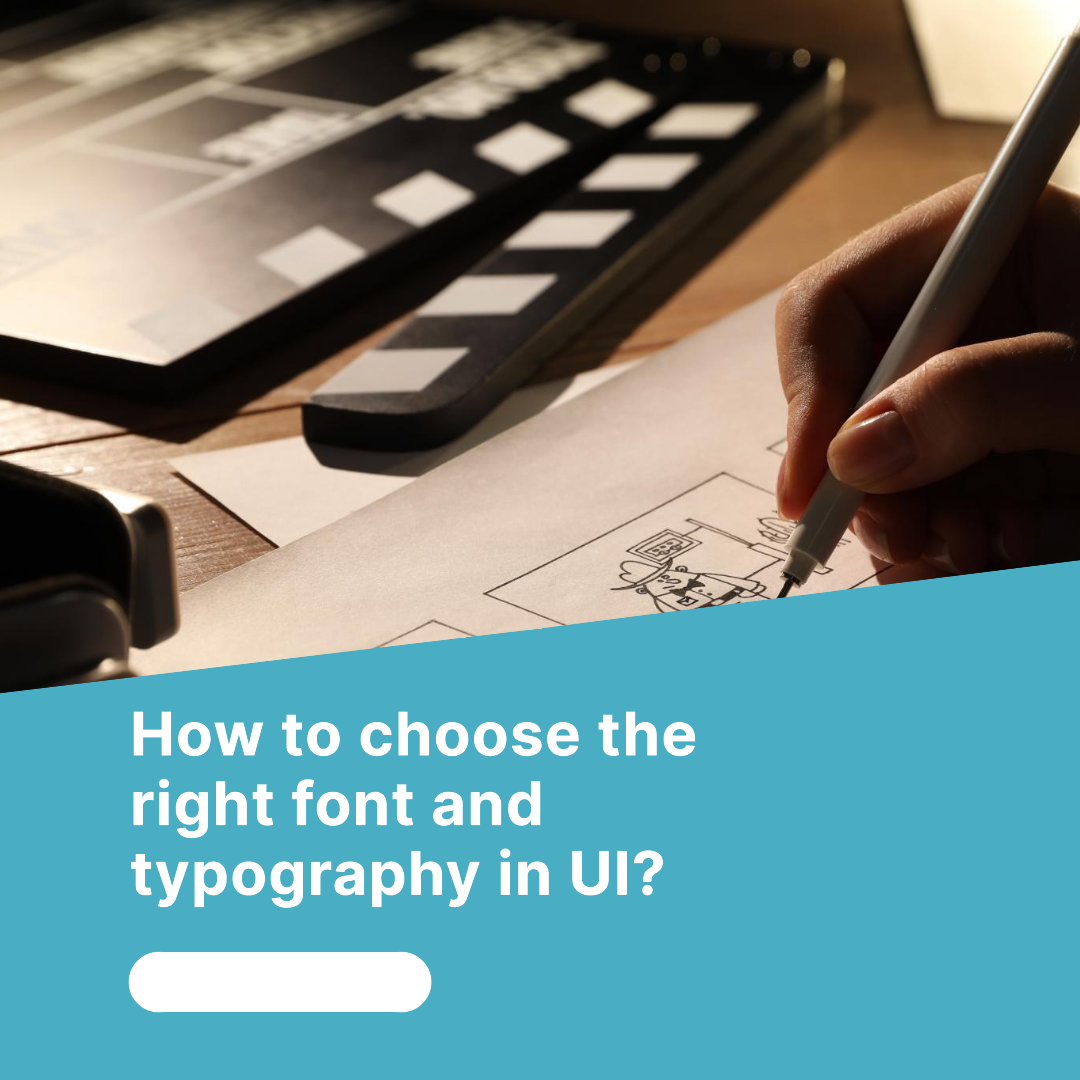User interface (UI) design is the process of designing the visual elements of a product or service. The goal of UI design is to create a user experience that is both visually appealing and easy to use.
There are many different aspects to UI design, including typography, color, layout, and interaction design. A good UI designer will understand the principles of human-computer interaction and will use them to create a product that is both functional and enjoyable to use.
In this blog article, we will answer the top 10 FAQs about UI design. We will cover topics such as the difference between UI and UX design, the importance of UI design, and the different principles of UI design.
1 What is the difference between UI and UX design?
UI and UX design are often confused with each other, but they are actually two different disciplines. UI design is concerned with the visual appearance of a product, while UX design is concerned with the overall user experience.
In other words, UI design is about how a product looks, while UX design is about how a product feels. A good UI design will be visually appealing and easy to use, while a good UX design will be enjoyable to interact with and will make the user feel like they are in control.
2 What is the importance of UI design?
UI design is important for a number of reasons. First, it can help to improve the usability of a product. A well-designed UI will be easy to use and understand, which will make it more likely that users will be able to successfully use the product.
Second, UI design can help to create a positive user experience. A product with a good UI will be enjoyable to use and will make users feel like they are in control. This can lead to increased user satisfaction and loyalty.
Third, UI design can help to differentiate a product from its competitors. A product with a unique and attractive UI can help to make it stand out from the crowd. This can give the product a competitive advantage in the marketplace.
3 What are the different principles of UI design?
There are many different principles of UI design. Some of the most important principles include:
- Clarity: The UI should be clear and easy to understand. The user should be able to easily understand what the different elements of the UI mean and how they work.
- Consistency: The UI should be consistent throughout the product. This means that the same design elements should be used throughout the product, and that the user should be able to easily learn how to use the product.
- Hierarchy: The UI should have a clear hierarchy. This means that the most important elements of the UI should be more prominent than the less important elements.
- Feedback: The UI should provide feedback to the user. This means that the user should be able to see what happens when they interact with the UI.
- Affordance: The UI should be affordance. This means that the user should be able to easily understand what they can do with the different elements of the UI.
4 What are some common UI design mistakes?
There are many common UI design mistakes. Some of the most common mistakes include:
- Using too much text: Too much text can make the UI cluttered and difficult to read.
- Using too many colors: Too many colors can be overwhelming and distracting.
- Using too many different fonts: Too many different fonts can make the UI look unprofessional.
- Using small text: Small text can be difficult to read, especially on mobile devices.
- Using poor contrast: Poor contrast can make it difficult to see the different elements of the UI.
5 How can I learn more about UI design?
There are many resources available to help you learn more about UI design. Some of the best resources include:
- Books: There are many books available on UI design. Some of the best books include:
- Don’t Make Me Think by Steve Krug
- Designing Interfaces by Jesse James Garrett
- The Elements of User Experience by Jeff Gothelf and Josh Seiden
- Websites: There are many websites that offer information on UI design. Some of the best websites include:
- UXPin
- Smashing Magazine
- UI Trends
6 What are the different types of UI design?
There are many different types of UI design. Some of the most common types include:
- Web UI design: Web UI design is the process of designing the visual elements of a website.
- Mobile UI design: Mobile UI design is the process of designing the visual elements of a mobile app.
- Desktop UI design: Desktop UI design is the process of designing the visual elements of a desktop app.
- IoT UI design: IoT UI design is the process of designing the visual elements of an Internet of Things (IoT) device.
- AR/VR UI design: AR/VR UI design is the process of designing the visual elements of an augmented reality (AR) or virtual reality (VR) experience.
7 What are the tools used for UI design?
There are many different tools used for UI design. Some of the most popular tools include:
- Sketch: Sketch is a vector graphics editor used for drawing, wireframing, prototyping, and design handoff.
- Adobe XD: Adobe XD is a vector graphics editor used for wireframing, prototyping, and design handoff.
- Figma: Figma is a cloud-based design tool used for wireframing, prototyping, and design collaboration.
- InVision Studio: InVision Studio is a vector graphics editor used for wireframing, prototyping, and design collaboration.
- Zeplin: Zeplin is a design-to-code tool that helps designers hand off their designs to developers.
8 What are the future trends in UI design?
The future trends in UI design are constantly evolving. However, some of the most promising trends include:
- Motion design: Motion design is the use of animation and motion graphics to create a more engaging and interactive UI.
- Dark mode: Dark mode is a UI theme that uses darker colors to improve the readability and usability of a UI.
- Voice UI: Voice UI is the use of voice commands to interact with a UI.
- AI-powered UI: AI-powered UI is the use of artificial intelligence to create a more personalized and intuitive UI.
- AR/VR UI: AR/VR UI is the use of augmented reality and virtual reality to create more immersive and interactive UIs.
9 What are the benefits of good UI design?
There are many benefits to good UI design. Some of the most important benefits include:
- Increased usability: Good UI design can make a product more usable and easier to understand.
- Improved user experience: Good UI design can create a more enjoyable and satisfying user experience.
- Increased user satisfaction: Good UI design can lead to increased user satisfaction and loyalty.
- Increased sales: Good UI design can help to increase sales by making it easier for users to find what they are looking for and complete their purchase.
10 What are the challenges of UI design?
There are many challenges to UI design. Some of the most important challenges include:
- Keeping up with trends: The field of UI design is constantly evolving, so it can be challenging to keep up with the latest trends.
- Balancing usability and design: It can be challenging to balance the need for usability with the need for a visually appealing design.
- Creating a consistent UI: It can be challenging to create a consistent UI across different devices and platforms.
- Testing and iterating: It is important to test and iterate on UI designs to ensure that they are effective.








